Interpreting The Parables (Revised)
$46.99
Abbreviations
Preface
1. Introduction
1.1 The Previous Scholarly Consensus
1.2 The Sizable Minority Report
1.3 Newest Developments
1.4 The Scope And Outline Of This Book
Part One: Methods & Controversies In Interpreting The Parables
2. Parable & Allegory
2.1 The Current Debate: Two Main Approaches
2.1.1 Parable Vs. Allegory
2.1.2 Parable As Allegory
2.2 Evaluating The Debate
2.2.1 Contemporary Literary Criticism
2.2.2 The Rabbinic Parables
2.3 Conclusions
3. Form Criticism & The Parables
3.1 Classical Form Criticism
3.1.1 The Method
3.1.2 Critique
3.2 Hypotheses Of The Guarded Tradition
3.2.1 Memorizing Jesus Teachings
3.2.2 New Insights Into Oral Folklore And Social Memory
3.3 Conclusions
4. Redaction Criticism Of The Parables
4.1 Positive Contributions
4.1.1 The Illustration Of Distinctive Themes
4.1.2 The Significance Of The Larger Contexts
4.2 Invalid Allegations
4.2.1 Misleading Parallels
4.2.2 Dictional Analysis
4.2.3 The Theology-History Dichotomy
4.2.4 Prophecy After The Event
4.2.5 Characterizing The Parables In Different Synoptic Sources
4.2.6 Mistaking Stylistic For Theological Redaction
4.2.7 Misrepresenting The Theology Of An Evangelist
4.3 Conclusions
5. New Literary & Hermeneutical Methods
5.1 The New Hermeneutic
5.1.1 The New View Of Metaphor
5.1.2 A Critique Of The New View Of Metaphor
5.2 Structuralism
5.2.1 The Ideology
5.2.2 The Method
5.2.3 Surface Structures
5.3 Poststructuralism/Postmodernism
5.3.1 Deconstruction
5.3.2 Reader-Response Criticism
5.4 Other Literary Approaches [au: FYI, Edited To Match Text.]
5.5 Conclusions
Conclusions To Part One
Part Two: The Meaning & Significance Of Individual Parables
6. Simple Three-Point Parables
6.1 The Prodigal Son (Lk 15:11-32)
6.2 The Lost Sheep And Lost Coin (Lk 15:4-10; Cf. Mt 18:12-14)
6.3 The Two Debtors (Lk 7:41-43)
6.4 The Two Sons (Mt 21:28-32)
6.5 Faithful And Unfaithful Servants (Lk 12:42-48; Mt 24:45-51)
6.6 The Ten Virgins (Mt 25:1-13; Cf. Lk 13:24-30)
6.7 The Wheat And The Tares (Mt 13:24-30, 36-43)
6.8 The Dragnet (Mt 13:47-50)
6.9 The Rich Man And Lazarus (Lk 16:19-31)
6.10 The Children In The Marketplace (Mt 11:16-19; Lk 7:31-35)
6.11 Conclusions
7. Complex Three-Point Parables
7.1 The Talents (Mt 25:14-30; Cf. Lk 19:12-27)
7.2 The Laborers In The Vineyard (Mt 20:1-16)
7.3 The Sower (Mk 4:3-9, 13-20 Pars.)
7.4 The Good Samarita
Additional Info
In the last century, more studies of the parables were produced than for any other section of comparable length in the Bible. The problem is that few students of the Bible have access to these studies. In this substantially new and expanded edition, Craig Blomberg surveys and evaluates the contemporary critical approaches to the parables–including those that have emerged in the twenty years since the first edition was published. The classic works of C. H. Dodd and Joachim Jeremias set the direction for nearly all further parable studies in this century. Embodied in both scholars’ approaches are at least two assumptions that, for the most part, have gone unchallenged: (1) Parables make one and only one main point. (2) Parables are not allegories. But can these assumptions be supported by the evidence? Challenging this view and making his own important new contribution to parable studies, Blomberg argues that within proper definitions and limits, the parables are in fact best seen as allegories. In support of this “minority report” concerning parable interpretation, Blomberg not only sets forth theoretical considerations but devotes attention to all the major parables, providing brief interpretations that highlight the insights to be gained from his distinctive method.
in stock within 3-5 days of online purchase
SKU (ISBN): 9780830839674
ISBN10: 0830839674
Craig Blomberg
Binding: Trade Paper
Published: September 2012
Publisher: InterVarsity Press
Print On Demand Product
Related products
-
God Of All Things
$19.99Abstract theology is overrated. In the contemporary West, we’re desperately in need of rediscovering God through ordinary, physical things we see in the world around us.
Jesus did it all the time. He mentioned a lily, sparrow, sheep, coin, fish, harvest, banquet, lamp, stone, seed, and vineyard to teach about the kingdom of God. In the Old Testament, too, God repeatedly describes himself and his saving work in relation to physical things such as a rock, horn, eagle, shelter, cedar, lion, shield, wave, ox, and so on. “Ask the beasts, and they will teach you; the birds of the heavens, and they will tell you; or the bushes of the earth, and they will teach you” (Job 12:7-8).
In God of All Things, pastor and author Andrew Wilson explores glimpses of the sacred in created things, finding in them illustrations of the character and gospel of God. As humans, we encounter glory through stars and awe through storms. We learn about humanity through dust and about Jesus’s death on our behalf through trees and bread and wine. Ultimately, we meet God in his creation. It is a gallery full of sketches, paintings, and portraits revealing our Maker and Savior.
Wilson presents a variety of created marvels–from figs and galaxies to viruses, pigs, and honey–that reveal the gospel in everyday life and fuel worship and joy in God.
Add to cartin stock within 3-5 days of online purchase
-
Think Like Jesus Study Guide (Student/Study Guide)
$13.99Original price was: $13.99.$9.97Current price is: $9.97.In this eight-session video Bible study (DVD and digital downloads sold separately), pastor and author Randy Frazee explains that when Jesus saves us and ushers us into his kingdom, he begins a process of transformation within us that starts with our thoughts. As God begins to transform our minds, we begin to think like Jesus and believe like Jesus. For this reason, it is important for us to understand the eight key beliefs of the Christian faith that-when embraced in our hearts and minds-create true change in our lives, in the church, and in the world:
*I believe the God of the Bible is the one true God-Father, Son and Holy Spirit.
*I believe God is involved in and cares about my daily life.
*I believe we come into a right relationship with God, by his grace, through faith in Jesus.
*I believe the Bible is the Word of God and has the right to command my beliefs and actions.
*I believe I am significant because of my position as a child of God.
*I believe the church is God’s primary way to accomplish his purposes on earth today.
*I believe all people are loved by God and need Jesus Christ as their Savior.
*I believe that Jesus will return to judge all people and establish his eternal kingdom.Grounded in carefully selected scripture, Think Like Jesus is a churchwide discipleship program that will take you on a journey to become more like Jesus in your beliefs. This revised study, adapted from Part 1 of the Believe churchwide study, includes an updated video study and new content and questions adapted from the existing Believe Study Guide and Think, Act, Be Like Jesus by Randy Frazee.
SESSIONS
*God
*Personal God
*Salvation
*The Bible
*Identity in Christ
*Church
*Humanity
*EternityDesigned for use with the Think Like Jesus Video Study (sold separately).
Add to cart12 in stock (additional units can be purchased)
-
Person Of Interest
$24.99Dateline featured cold-case detective and best-selling author J. Warner Wallace investigates Jesus, the most significant person in history, like one of his “missing body, cold-cases,” demonstrating why Jesus still matters today, even in a world that is skeptical of the Bible.
Detective J. Warner Wallace listened to a pastor talk about Jesus and wondered why anyone would think Jesus was a person of interest.
Wallace was skeptical of the Bible, but he’d investigated several “no-body, missing person” cases in which there was no crime scene, no physical evidence, and no victim’s body. He successfully identified and convicted the killers in these cases, even without evidence from the scene.
Could the historical life and actions of Jesus be investigated in the same way? Could the truth about Jesus be uncovered even without a body or a crime scene? In Person of Interest, Wallace describes his own personal investigative journey from atheism to Christianity, as he employs a unique investigative strategy to confirm the historicity and deity of Jesus–without relying on the New Testament manuscripts.
Imagining a scenario in which every New Testament document has been destroyed, Wallace carefully sifts through the evidence from history alone to reconstruct the identity of Jesus as the world’s most important person of interest.
Person of Interest will:
*Invite readers into the life of a cold-case detective as he uncovers the truth about Jesus, using the same approach he also employs to solve a real murder case*Teach readers how to become good detectives, using an innovative and unique “‘fuse’ and ‘fallout'” investigative strategy they can also use to examine other claims of history
*Show how Jesus changed the world and why He still matters today
*Help readers to explore common objections to Christianity
Creative, compelling, and unique in its approach, Person of Interest will strengthen the faith of believers, while engaging those who are skeptical and distrusting of the New Testament.
Add to cartin stock within 3-5 days of online purchase

 Gods Wisdom For The Graduate Class Of 2024 Botanical NKJV
Gods Wisdom For The Graduate Class Of 2024 Botanical NKJV
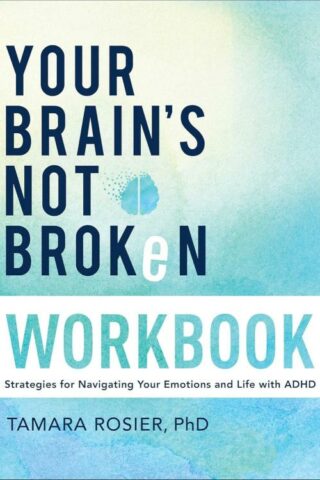 Your Brains Not Broken Workbook (Workbook)
Your Brains Not Broken Workbook (Workbook)
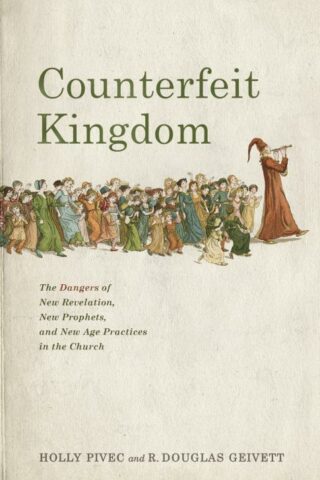 Counterfeit Kingdom : The Dangers Of New Revelation, New Prophets, And New
Counterfeit Kingdom : The Dangers Of New Revelation, New Prophets, And New
 Bible Hi Glider Accu Gel Highlighter 6 Pack
Bible Hi Glider Accu Gel Highlighter 6 Pack
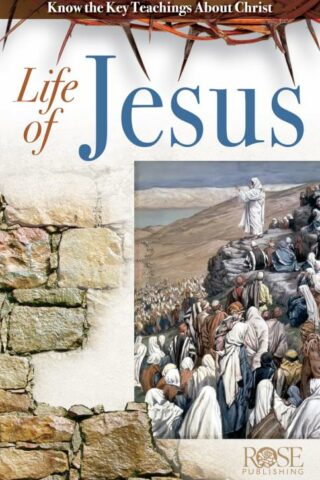 Life Of Jesus Pamphlet
Life Of Jesus Pamphlet
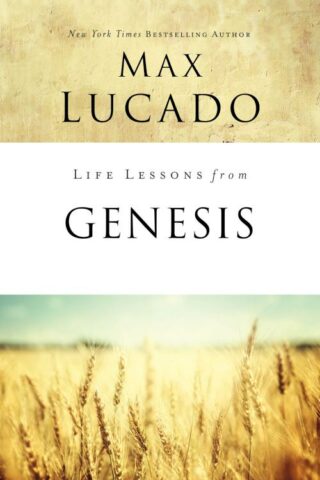 Life Lessons From Genesis
Life Lessons From Genesis
 Giant Print Single Column Bible
Giant Print Single Column Bible
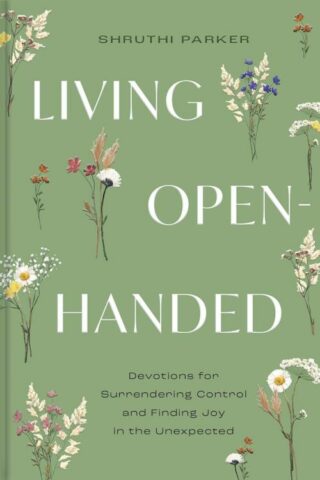 Living Open Handed
Living Open Handed
 Curious Inheritance Of Blakely House
Curious Inheritance Of Blakely House

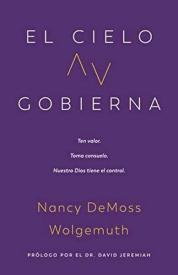
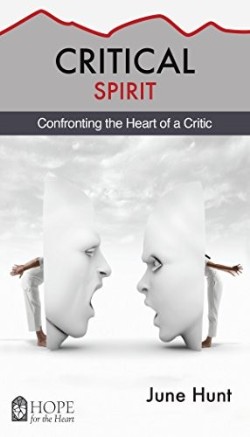
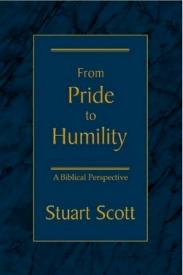

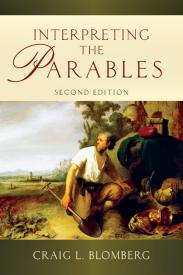

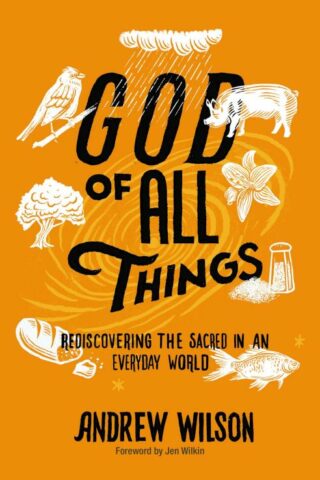
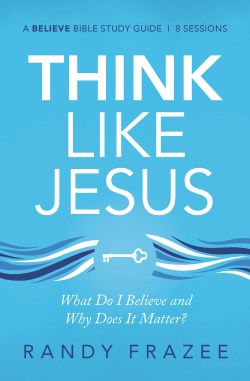
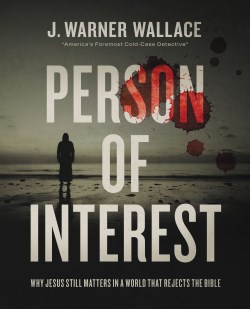





Reviews
There are no reviews yet.